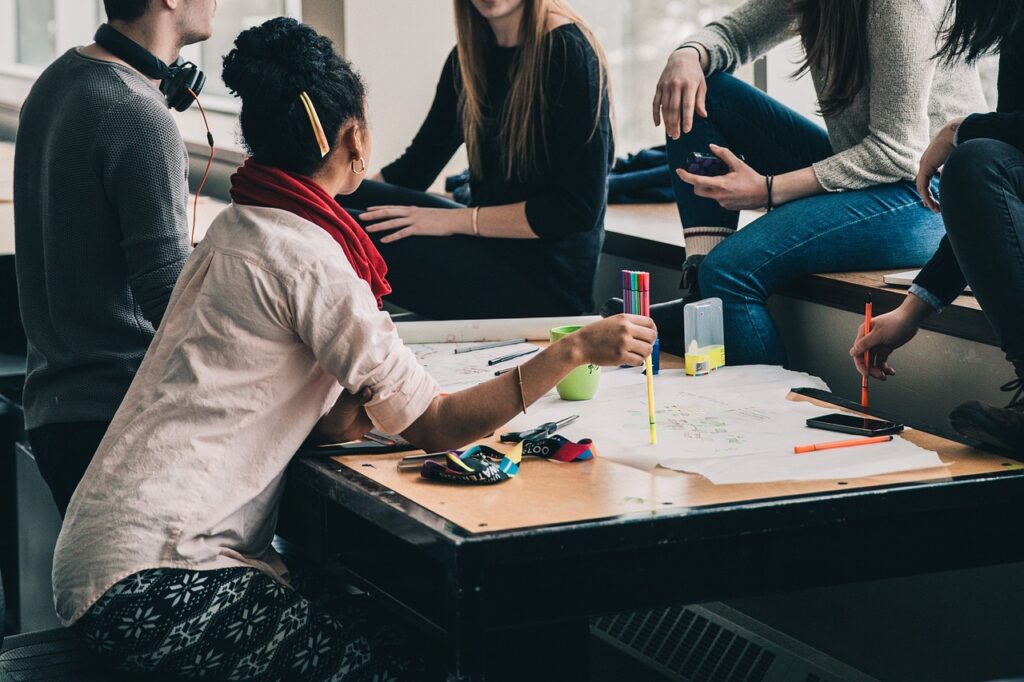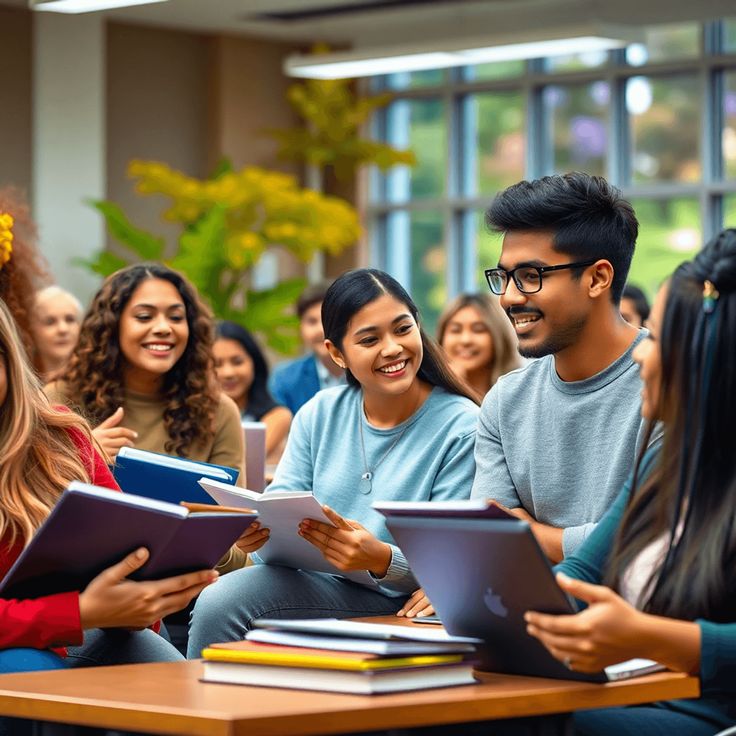 The world of education is changing fast, and technology is at the heart of this transformation. Technology, like smartboards and online learning platforms, makes classrooms interactive, engaging, and efficient. But how exactly is technology shaping the future of education? Let’s explore the exciting changes happening in classrooms today and what we can expect for the future.
The world of education is changing fast, and technology is at the heart of this transformation. Technology, like smartboards and online learning platforms, makes classrooms interactive, engaging, and efficient. But how exactly is technology shaping the future of education? Let’s explore the exciting changes happening in classrooms today and what we can expect for the future.
Technology in the Classroom: A Game Changer
In the past, classrooms centered around the use of paper, pencils, and chalkboards. Schools in the U.S. now use digital tools. These include tablets, laptops, and interactive whiteboards. These tools allow teachers to deliver lessons in new ways, making learning more fun and accessible for students.
Students can now use online resources like videos, digital books, and apps. These tools help them understand topics better. Teachers can use technology to give quick feedback. It helps track student progress, so they can provide support where it’s needed most.
Personalized Learning with Technology
One major plus of technology in education is the chance for personalized learning. Each student learns in their own way. Technology helps teachers meet these unique needs. Students can learn at their own pace with online platforms and educational software. They can review lessons or get extra help when needed.
For example, if a student is struggling with math, they can use apps and websites to practice problems and get extra explanations. But students who are excelling can challenge themselves with advanced materials. This personalized approach helps all students succeed, no matter their skill level.
Virtual and Augmented Reality (VR and AR)
Another exciting development is the use of Virtual Reality (VR) and Augmented Reality (AR) in the classroom. These technologies allow students to experience learning in a completely new way. Picture yourself walking the streets of ancient Rome or exploring the human body in 3D. With VR and AR, students can dive into immersive experiences that bring lessons to life.
These tools also make complex subjects, like science and geography, easier to understand. Students can investigate the solar system through virtual means. They can see planets and stars up close, not read about them. VR and AR have the potential to make learning not only but also a lot more fun.
Online Learning and Hybrid Classrooms
The rise of online learning is another major way technology is changing education. With online platforms, students can learn from anywhere in the world, whether they’re at home, in a coffee shop, or on vacation. This flexibility allows students to balance their education with other commitments, such as work or family.
Many schools are shifting to hybrid classrooms. Students can attend classes in person or access lessons online. This hybrid model is especially helpful when unexpected events like the COVID-19 pandemic force schools to close. Hybrid classrooms keep learning going, even if students can’t be there in person. This ensures that education operates without interruptions at all times.
Artificial Intelligence (AI) and Learning
Artificial Intelligence (AI) is making its way into classrooms as well. AI tools help teachers make personalized lesson plans. They also speed up grading and assess student performance. Some AI programs can spot a student’s strengths and weaknesses. Then, they suggest lessons or activities to help improve skills.
AI can also provide direct support to students. Chatbots and virtual tutors are now popular. They provide instant help and answer questions anytime, even after class. This means students don’t have to wait for a teacher to be available and can get the help they need right when they need it.
Preparing Students for the Future Job Market
As technology continues to evolve, so does the job market. Many of the jobs in the future will need skills like coding, digital literacy, and problem-solving. Schools are beginning to teach these skills sooner. They’re adding technology to subjects like math, science, and art.
Students are learning to use digital tools not only for academic purposes but also for creativity and innovation. For example, they might create apps, design websites, or even build robots as part of their education. These hands-on experiences prepare students for the skills they will need to succeed in a technology-driven world.
Challenges of Technology in Education
Despite all the benefits, there are some challenges when it comes to using technology in education. Not all students have access to the devices and internet connections they need for online learning, creating a digital divide. This is especially true for students in rural areas or from low-income families. Ensuring that all students have equal access to technology is a key challenge for the future.
Another concern is screen time. Too much screen time can harm students’ health. It may cause eye strain and make it hard to focus. Schools should balance technology with physical activity, personal interactions, and time without screens.
The Future of Education
Looking ahead, it’s clear that technology will continue to shape the future of education. AI tools support students in learning faster, while immersive experiences make it fun. The options are endless.
As technology evolves, it will make education more accessible, personalized, and engaging for students of all ages. Schools will likely continue to mix traditional teaching methods with digital tools. This will create a flexible and modern way to learn. The classroom of tomorrow will let students learn at their own pace. They can work with others around the world and get ready for future jobs.
In conclusion, technology is not changing education—it’s transforming it. New tools and innovations are changing classrooms. They help students learn in ways we once thought were impossible. The future of education is bright, and technology is leading the way!

